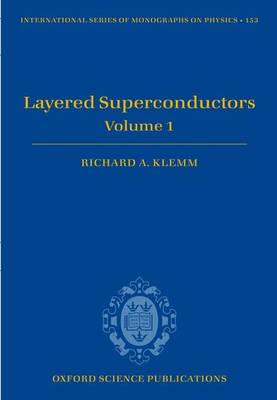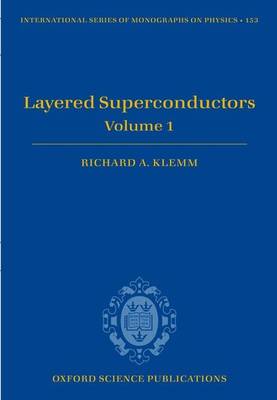
Je cadeautjes zeker op tijd in huis hebben voor de feestdagen? Kom langs in onze winkels en vind het perfecte geschenk!
- Afhalen na 1 uur in een winkel met voorraad
- Gratis thuislevering in België vanaf € 30
- Ruim aanbod met 7 miljoen producten
Je cadeautjes zeker op tijd in huis hebben voor de feestdagen? Kom langs in onze winkels en vind het perfecte geschenk!
- Afhalen na 1 uur in een winkel met voorraad
- Gratis thuislevering in België vanaf € 30
- Ruim aanbod met 7 miljoen producten
Zoeken
€ 216,95
+ 433 punten
Omschrijving
This book provides a comparison of the different chemical structures, normal state properties, and simplest superconducting properties of all known classes of layered superconductors. It introduces the three phenomenological models used to describe such systems, and will guide young researchers hoping to produce a room-temperature superconductor.
Specificaties
Betrokkenen
- Auteur(s):
- Uitgeverij:
Inhoud
- Aantal bladzijden:
- 574
- Reeks:
Eigenschappen
- Productcode (EAN):
- 9780199593316
- Verschijningsdatum:
- 22/12/2011
- Uitvoering:
- Hardcover
- Afmetingen:
- 176 mm x 252 mm
- Gewicht:
- 1260 g

Alleen bij Standaard Boekhandel
+ 433 punten op je klantenkaart van Standaard Boekhandel
Beoordelingen
We publiceren alleen reviews die voldoen aan de voorwaarden voor reviews. Bekijk onze voorwaarden voor reviews.









